
How to make a gravel garden for wildlife
Surfaced spaces needn't exclude wildlife! Gravel can often be the most wildlife-friendly solution for a particular area.

Surfaced spaces needn't exclude wildlife! Gravel can often be the most wildlife-friendly solution for a particular area.
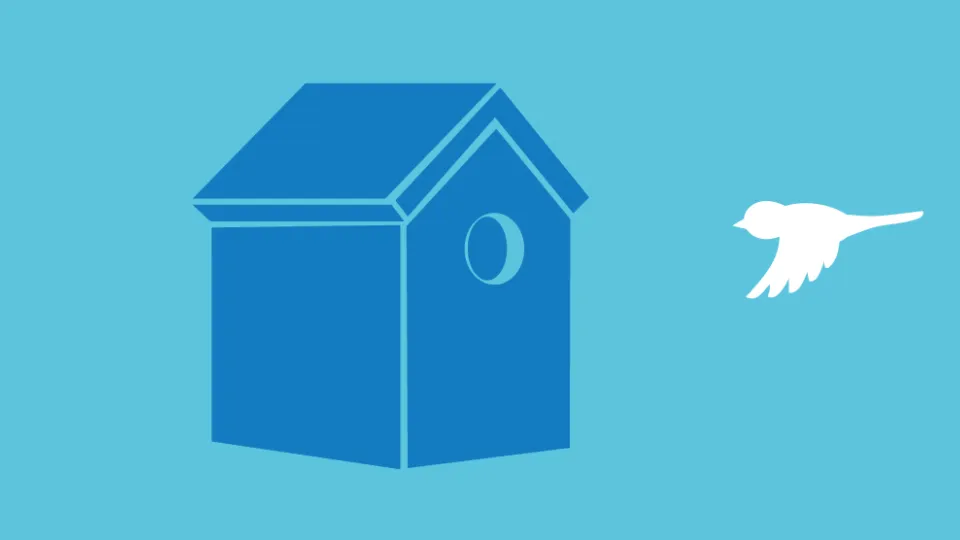
With natural nesting sites in decline, adding a nestbox to your garden can make all the difference to your local birds.
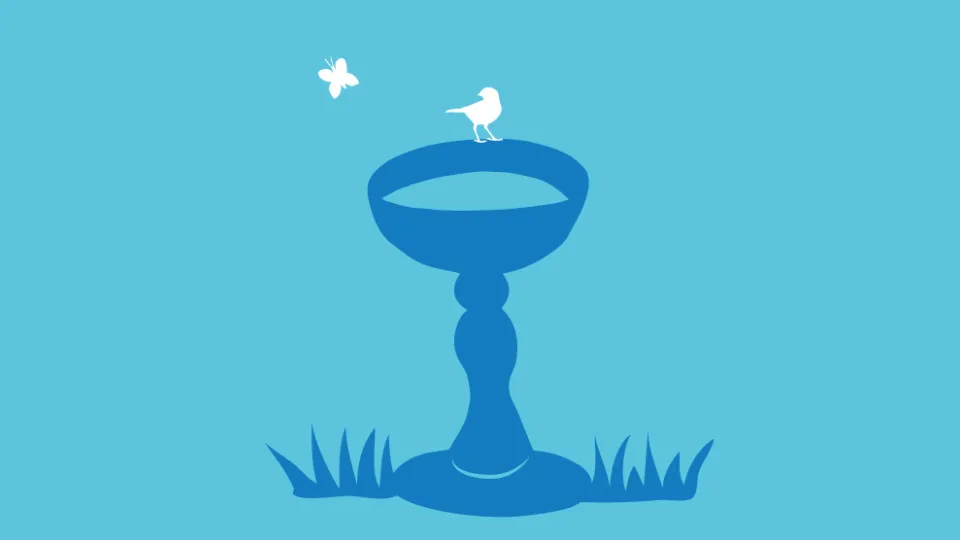
All animals need water to survive. By providing a water source in your garden, you can invite in a whole menagerie!
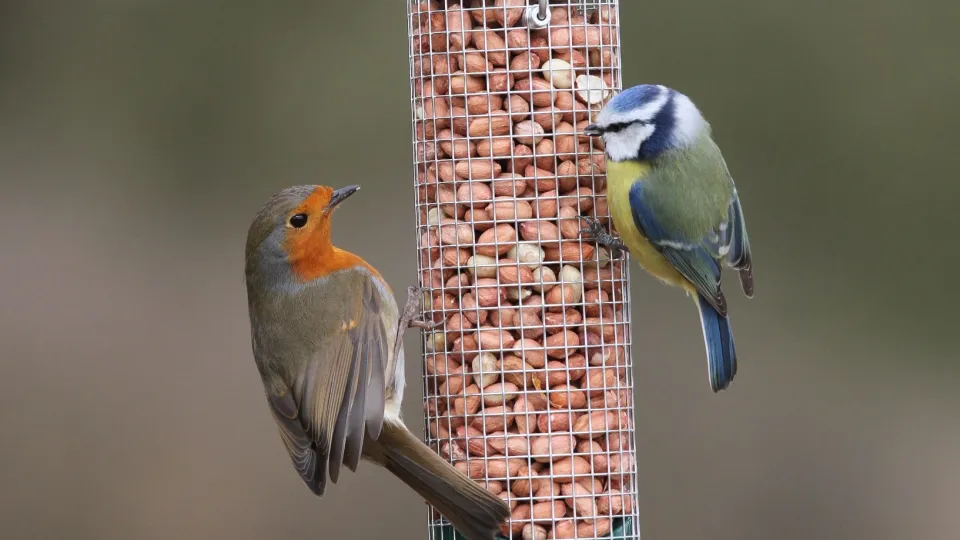
Find out how to attract birds into your garden all year round.

It might surprise you, but even the smallest of gardens can accommodate a tree!
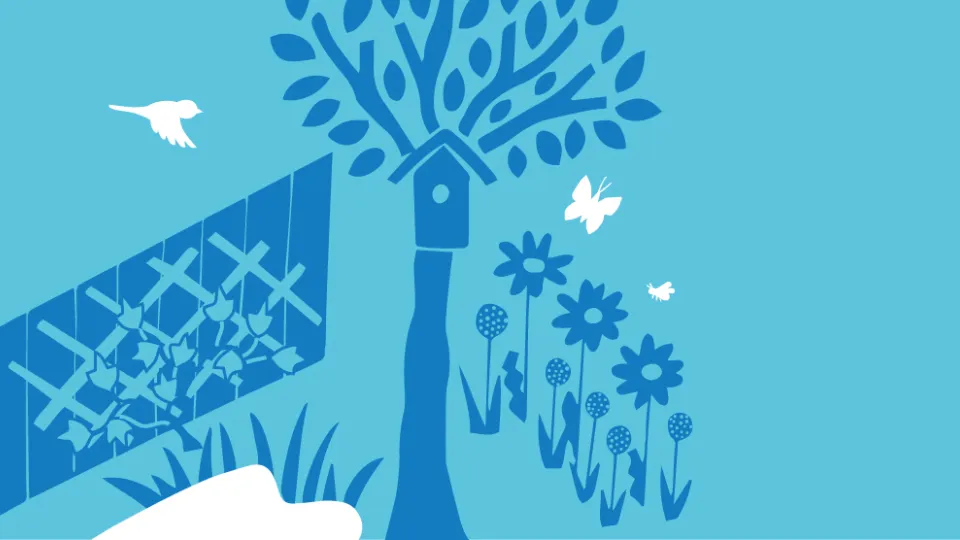
Use the blank canvas of your garden to make a home for wildlife.

Attracting wildlife to your work will help improve their environment – and yours!
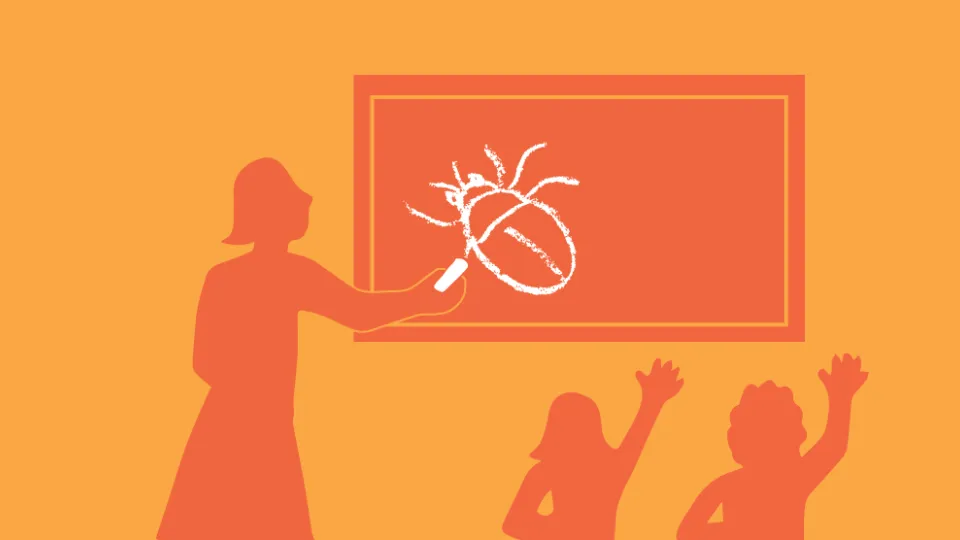
Whether feeding the birds, or sowing a wildflower patch, setting up wildlife areas in your school makes for happier, healthier and more creative children.

Finches and buntings are seed-eaters though buntings generally feed from the ground while finches tend to feed in trees and shrubs. Learn more about them and how to identify them in our species guides.
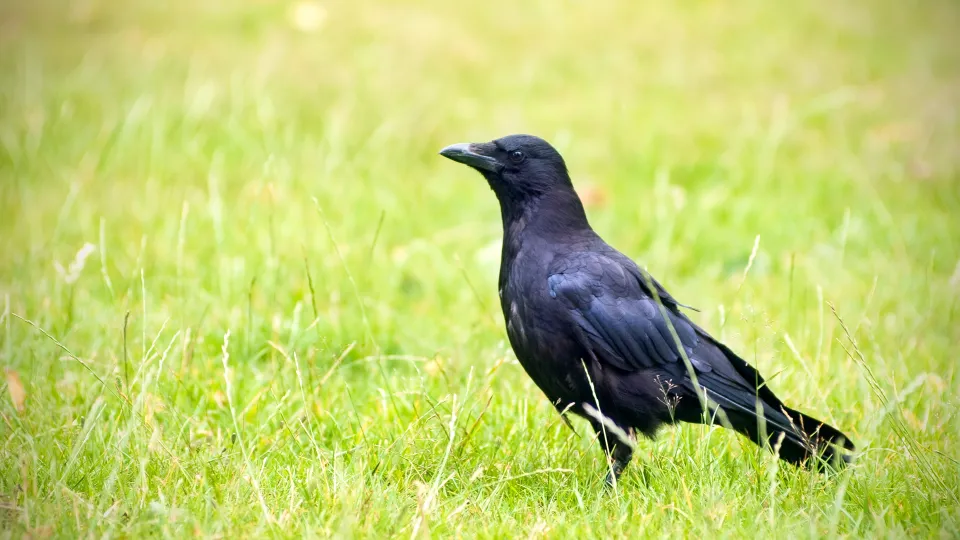
Corvids and shrikes are a popular bird in Kent but it can be hard to identify individual species. Take a look at our species guides to learn more about them.